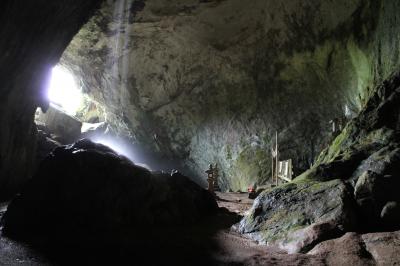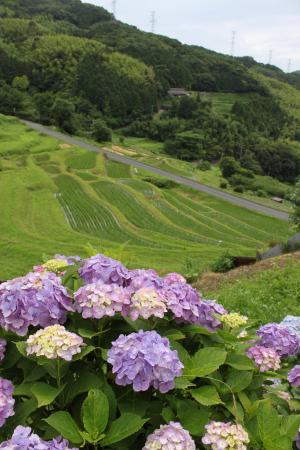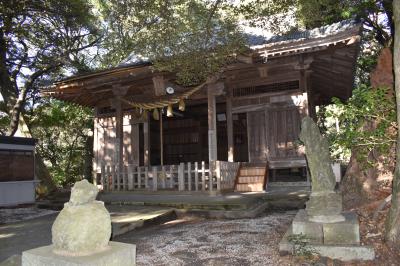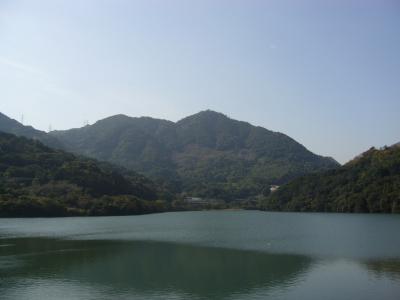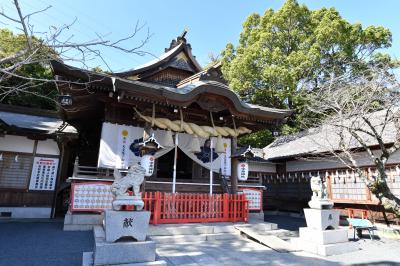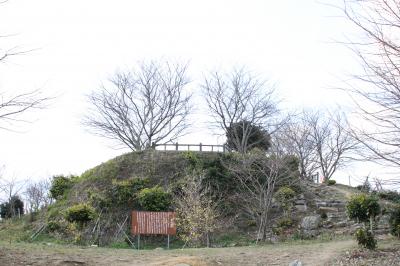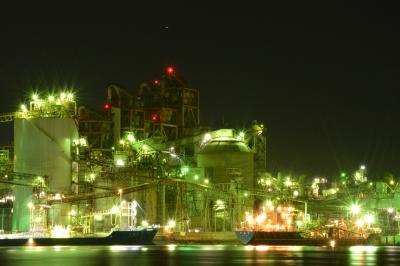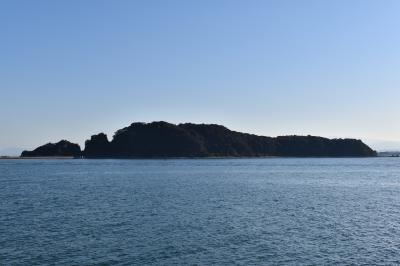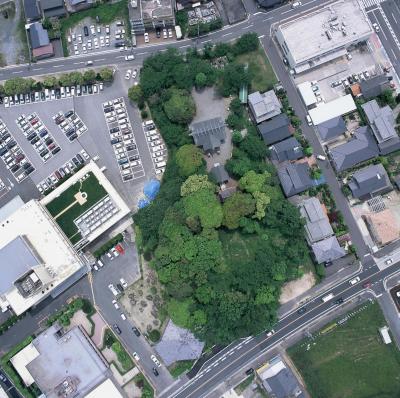本文
Travel Guide of Kanda Town
Sightseeing Spots Of KANDA Town
Hirotani Wetland [Kitakyushu Quasi-National Park] [Natural Monument Designated by Kanda Town]

Hirotani Wetland is located in the karst region of the town, where the rocks absorb water and allow it to permeate the ground easily. It is one of such special landscapes around the world and features Fukuoka prefecture as its only wetland. Travelers can enjoy some rare flowers such as Pongonia and Japanese irises, but are not allowed to enter the wetland.
Oni-no-Karate Rock
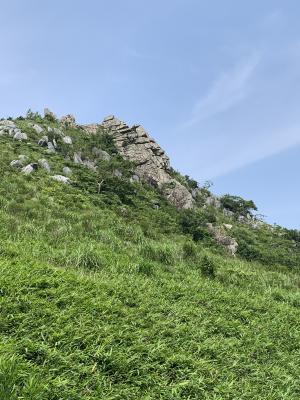
Oni-no-Karate Rock is a huge plate-like rock formed by the intrusion of granodiorite into the limestone of the Hiraodai Plateau. Because it resembles the door of a Japanese temple in appearance, people named it Karado, which was transformed to Oni-no-Karado (a ferocious temple door) later. Then the name changed into Oni-no-Karate, a corrupted form of Oni-no-Karado. It used to be a place where ascetic practitioners trained themselves.
Seiryu Cave [Kitakyushu Quasi-National Park] [National Natural Monument]
Seiryu Cave is a limestone cave which is more than 1,785 meters in length and 65 meters in height difference. Fossils including Nauman elephants were found in the cave. It is also a holy place where the festival “Tokakuji no Matsue” is held since the entrance hall itself is on the premises of Iwaya-jinja Shrine.
https://m.youtube.com/watch?v=_0zqtrzU4to<外部リンク>
The Rice Terraces in Tokakuji District
The rice terraces, located 250 meters above the sea level, are on the list of the “100 choices of Japanʼs most beautiful rural landscapes.” They give us their own beautiful views in each season.
Hakusantaga Shrine
In the garden of Hakusantaga Shrine, the festival called “Tokakuji no Matsue” is held in April every year to memorize those ascetic practitioners and attracts many people to visit it. The remains of Tokakuji Castle built in the Medieval Period are still on the ground of the shrine.
Mt. Takajo & the Kanda Alps
Mt. Takajo, 416 meters in altitude, has well-maintained trails for mountain climbers. From the summit, you can enjoy a perfect view of the Suo Sea as well as the Kanda area. The remains of the mountain castles in the Medieval Period, such as Minamibaru Castle, Takajoyama Castle, Taiheiyama Castle, etc., still exist in the Kanda Alps.
Limestone Mining Site

In this mining site, limestone is strip-mined to be used as the material for cement production. Mined through the bench-cut method, the white terraced cross section of the earth is a magnificent view.
Uchio Yakushi

Uchio Yakushi is a wooden seated statue of Yakushi Nyorai, which is installed in a limestone cave on the top of the 250 stone steps. It is the principal image of Uchiosan Hozoin Soenji Temple with 3 meters in height. Local people call it Uchio no Oyakushisan, a friendly form of Uchio Yakushi.
Uhara Shrine
Uhara Shrine is worshiped as a guardian deity of Kanda Town. People through the town come to visit the shrine to pray for industrial development, better fortune, safe childbirth, etc.. Several triangular-rimmed bronze mirrors, called Sankakubuchi Shinjukyo Mirror, were excavated from the Ishizuka-kofun Tumulus during the Edo Period and have been kept as treasures of the shrine, though they are not shown to the public.
The New Kitakyushu Airport Connecting Bridge

This is the longest bridge in the Kyushu region with a length of 2,100 meters. It spans the sea straightly with sidewalks on one side, which makes you feel like walking or riding a bike in the air. Some TV commercials have been produced with the bridge as the background.
Matsuyama Castle Site
The remains of this mountain castle, including the mount, earthworks, stone wall, stone steps, still can be seen. Items such as roof tiles decorated with paulownia designs were found at this castle site. They are related to warriors during the Sengoku Period such as Kuroda and Hosokawa. From the top of the mountain, the Suo Sea and Kunisaki Peninsula are in sight.
The Night View of Factories
The Kanda Port area is a sacred place to enjoy the night view of factories. The brightly shining fortress-like view with the dark sea in the background is called “the Final Boss.”
https://youtu.be/JlvSU212pIc?si=08yTx-r7f146SiDy<外部リンク>
Konoshima Island
Konoshima Island is an uninhabited island where Ichikishima Shrine is located. The shrine has been worshiped as a guardian deity of the sea. The hills on the island are called “Okitsushima Island,” “Nakatsushima Island” and “Sayorijima Island”, which are named after the Three Goddesses of Munakata. Seen from a distance, the island looks as if someone were lying down there.
Ishizukayama Tumulus [Nationally Designated Historic Site]
Ishizukayama Tumulus is one of Kyushuʼs largest keyhole-shaped tomb mounds in the early Kofun Period. Artifacts like the pieces of Sankakubuchi Shinjukyo Mirror (triangular-rimmed bronze mirrors), Tettou (iron swords), Magatama (comma-shaped beads), etc. were unearthed in the pit rock chambers. They are on display in the Kanda Town Historical Museum next to the tumulus.
https://m.youtube.com/watch?v=wcVJzJKHFT8<外部リンク>
Goshoyama Tumulus [Nationally Designated Historic Site]

Goshoyama Tumulus is largest keyhole-shaped tomb mounds of the mid Kofun Period in Northern Kyushu region. It is confirmed that the tumulus had a surrounding moat and was accompanied by some small tombs called “Baicho,” which were made near a large-scale tumulus of the emperor.
https://youtu.be/v5hpKmwg7eI?si=WY_AC98PyMJGV8b2<外部リンク>
Shiraishi Coast

Shiraishi Coast is on the Seto Inland Sea and the water is shallow for quite a distance from the shore. People enjoy razor clam digging every spring.
https://m.youtube.com/watch?v=5oT8e7epFso<外部リンク>

